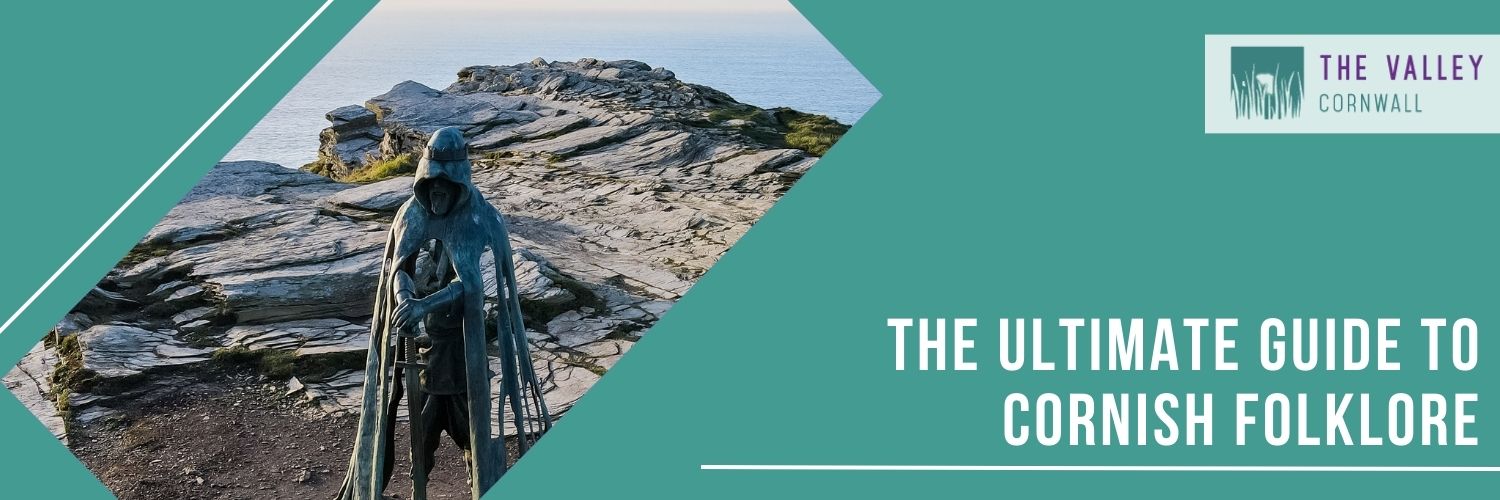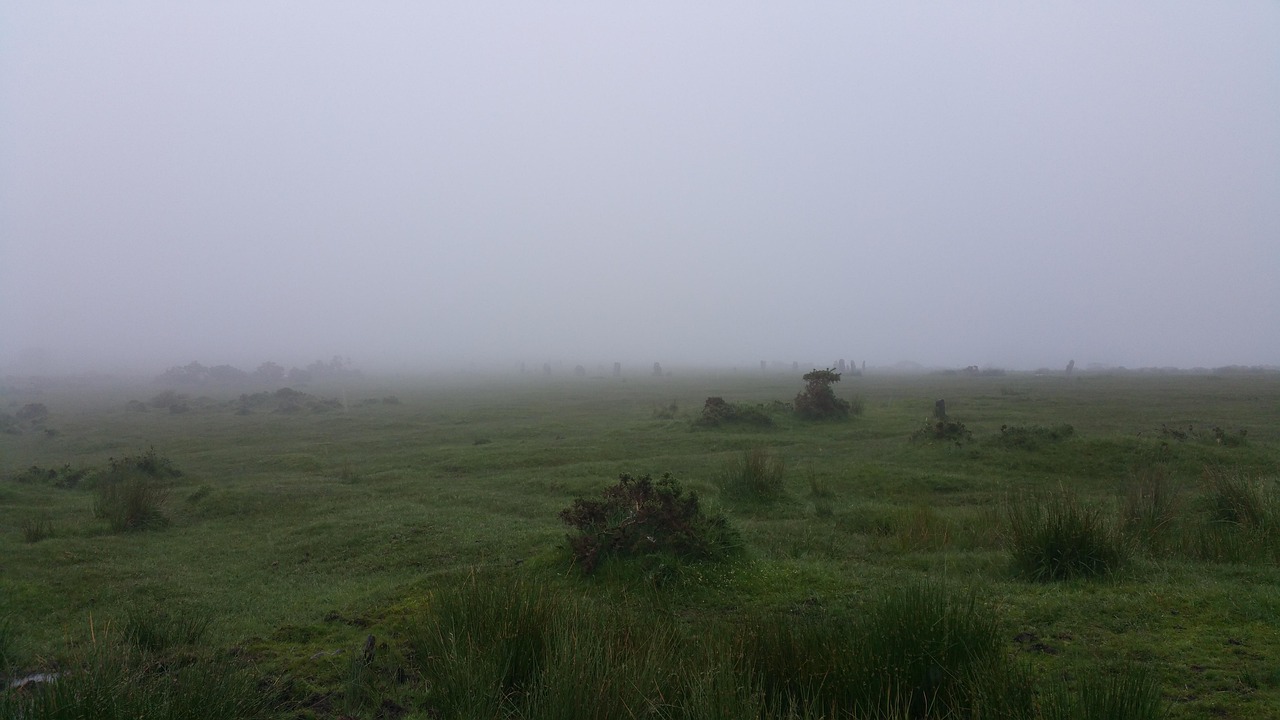
Cornwall may be famous for its stunning coastlines and charming towns, but how much do you know about its rugged countryside? Bodmin Moor is a vast granite moorland that has shaped Cornish culture just as much as the nearby seas.
Bodmin Moor offers a unique, alternative Cornwall experience during your stay at our luxury holiday park in Cornwall. It’s especially exciting if you’re a fan of myths and legends, as these rugged lands abound with mysterious tales.
If you’re planning a visit to Bodmin Moor, or simply want a folk-inspired adventure, check out some of the Moor’s famous tales and where you can find these magic spots.
The Beast of Bodmin Moor
Location: Unknown (reports from across the moor)
Bodmin Moor is a vast region, covering around 80 square miles. Filled with rugged outcrops and often shrouded in mist and cloud, there are plenty of moments where you can be left wondering what exactly is out there.
There have been rumours of a large black cat somewhere on the Moor for many generations, and they only get stronger when farmers report mutilated livestock.
Over 60 sightings of the so-called Beast of Bodmin Moor have been recorded, many suggesting a panther-like cat lives in the wilderness. The evidence was strong enough for the UK Government to officially investigate during the 1990s. That investigation could find no evidence for its existence, but couldn’t rule it out, either.
The mystery of the Beast remains – many believe big cats are roaming the moorland, so try not to get stranded!
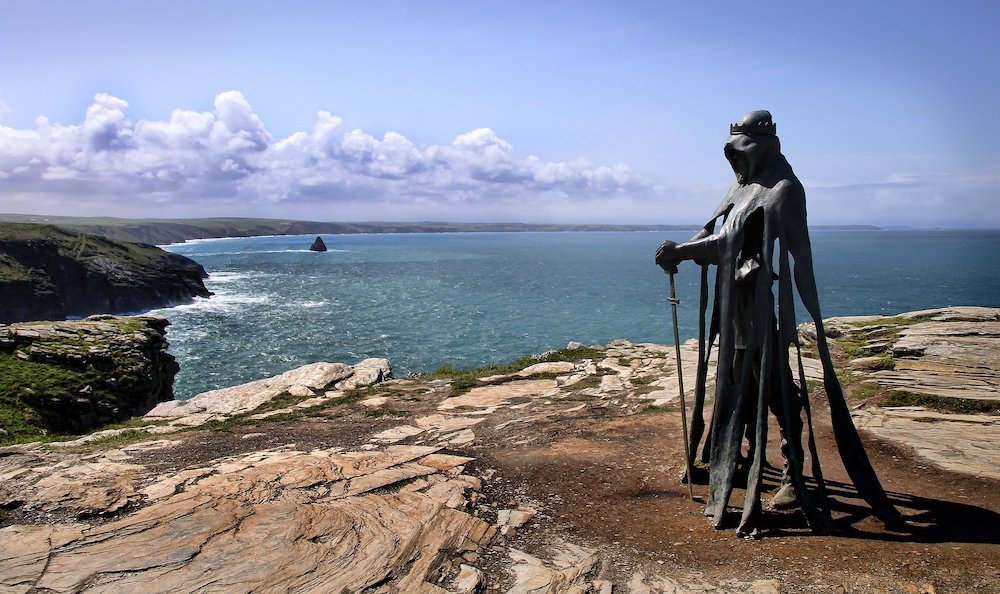
The Lady of the Lake
Location: Dozmary Pool
North Cornwall is rife with connections to the legendary story of King Arthur, most famously the remains of Tintagel Castle, less than 10 miles north of the Moor. However, another key part of the King Arthur story is believed to have taken place in the wilderness of Bodmin Moor.
The Lady of the Lake is a key character in many of the King Arthur stories. In various interpretations, she is a guardian to Lancelot, Merlin’s lover and provider of Excalibur, King Arthur’s sword.
The Lady of the Lake appears at different times in different places, but it’s believed that King Arthur receives his iconic sword from a Lady of the Lake based in Dozmary Pool, a body of water once believed to be bottomless. The sword is eventually returned here, where some believe it remains to this day, sunk to the bottomless depths.
Maybe you’ll spot something glistening in the water?
Jan Tregeagle’s Impossible Punishments
Location: Dozmary Pool
King Arthur isn’t the only Cornish legend associated with this lake on Bodmin Moor. There’s also a Sisyphean tale concerning an evil Cornish magistrate.
Jan Tregeagle was a harsh 17th-century landowner who many believed had made a deal with the devil in return for money and power. The story goes that after his death, a land dispute was taking place in court when someone wished Jan would return and testify. To everyone’s horror, he returned from beyond the grave.
Jan Tregeagle testified to his wrongdoings, which saved the defendant. However, Jan was now trapped in the mortal world, where he would soon be hunted down by the demons he once danced with.
To help Jan Tregeagle survive a grisly end, it was agreed that he should perform a series of endless tasks until Judgement Day arrived. One of these was emptying Dozmary Pool (believed to be bottomless) with a limpet shell with a hole in it.
Eventually, Jan Tregeagle was forced to flee the lake, finding temporary refuge inside the chapel on Roche Rock on the opposite side of Bodmin, the remains of which can still be seen today.
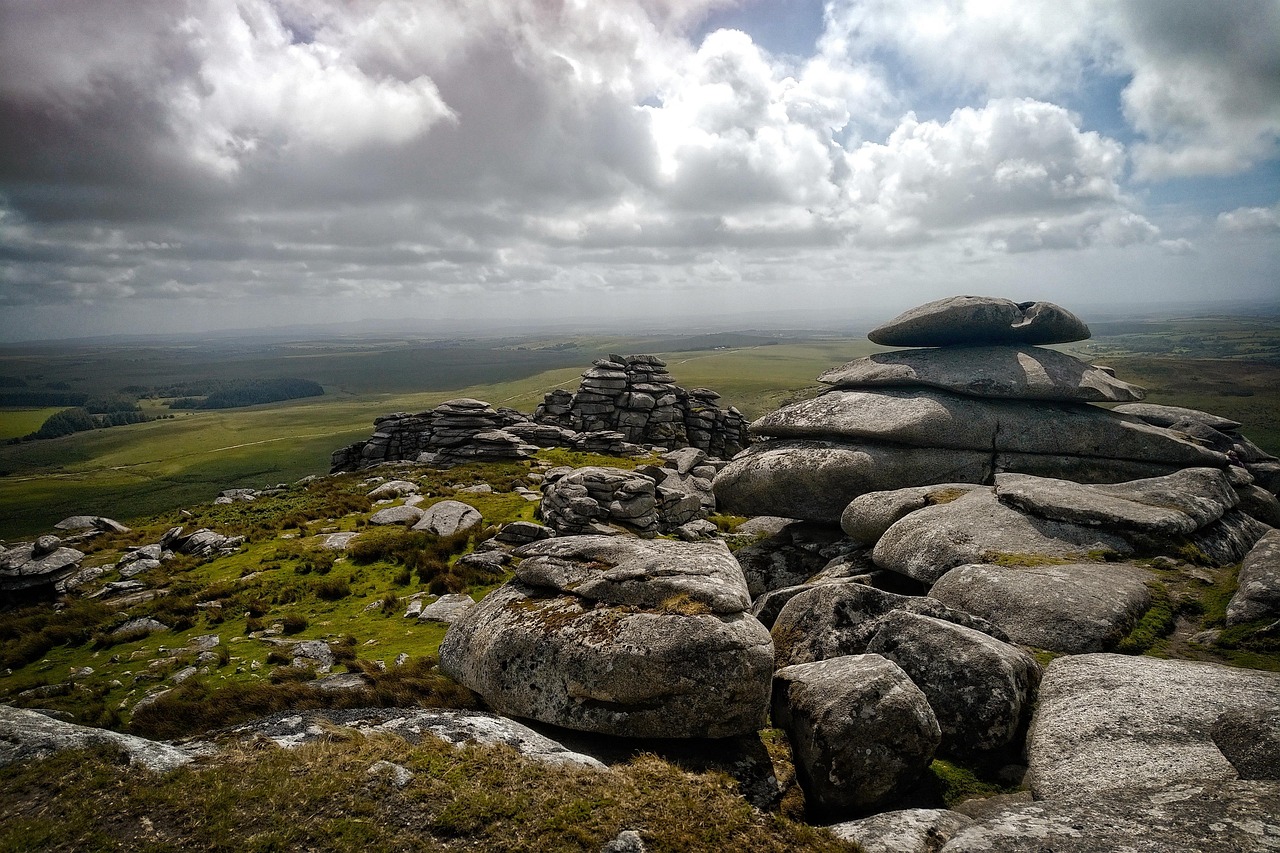
The Giant and the Saint
Location: Cheesewring
The Cheesewring is one of Bodmin Moor’s most striking landmarks, a granite tor which looks like huge slabs of stone impossibly balancing on each other. Take one look and you’ll understand why these stones inspired so many stories.
Cornwall has a lot of folk stories involving giants, and it’s believed they played a role in stacking the Cheesewring stones.
This story goes that the giants were angered when Christianity first started appearing across Cornwall, giving the people new beings to worship. The strongest giant, Uther, was tasked with ridding Cornwall of the new Christian saints.
However, the diminutive Saint Tue confronted Uther and challenged him to a throwing contest. If the giant won, the saints would leave, but if the saint won, the giants would convert to Christianity.
Uther could throw giant stones with ease, but was shocked when he saw Saint Tue managing to throw them, too. After stacking six stones each into a tower, Uther couldn’t land the thirteenth. Tue, supposedly assisted by angels, placed the final stone perfectly on top of the pile, creating what is now called Cheesewring. After this display, the giants conceded defeat and converted.
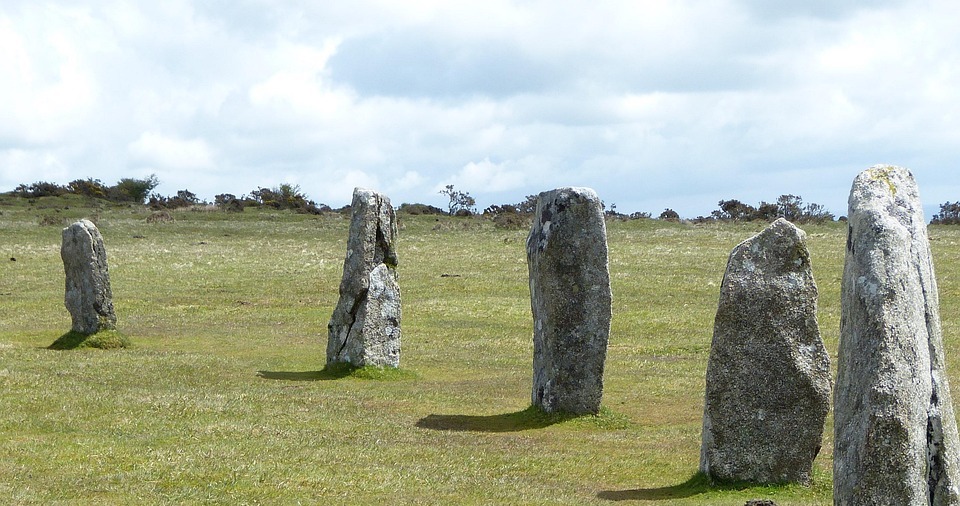
The Hurlers
Location: Hurlers Stone Circles
The Hurlers is a collection of ceremonial stone circles dating back to as early as the Neolithic Age. Their unique, slightly eerie layout gave birth to a classic story of ill-behaved men being punished by supernatural powers.
Legend has it that the stones are the remains of men who were punished by god for playing hurling on Sunday, the religious day of rest. Two stones on the site that don’t seem to belong to any circle are known as The Pipers – you can probably guess their story…
Piskies
Location: Unknown
If you decide to make a trip to Bodmin Moor, you might want to beware the Piskies!
Piskies are a Cornish version of the more commonly known pixies. However, unlike most pixies, piskies don’t have wings; they are simply short, mischievous sprites.
Piskies have a penchant for trouble, particularly leading travellers astray – it’s a Cornish turn of phrase to call someone who’s lost “piskie-led”. They’re said to appear like a faint light in the distance and are prevalent around rocks and ancient monuments.
Locals have various tricks to keep piskies away, but if you find yourself “piskie-led” while exploring Bodmin Moor, the best defence is to turn an article of clothing inside out.
As you can see, there is plenty of mystery and magic to discover on an adventure across Bodmin Moor! With Cornwall’s main road – the A30 – cutting through the middle, it’s easy to reach and perfect for a day out surrounded by nature and stories.
